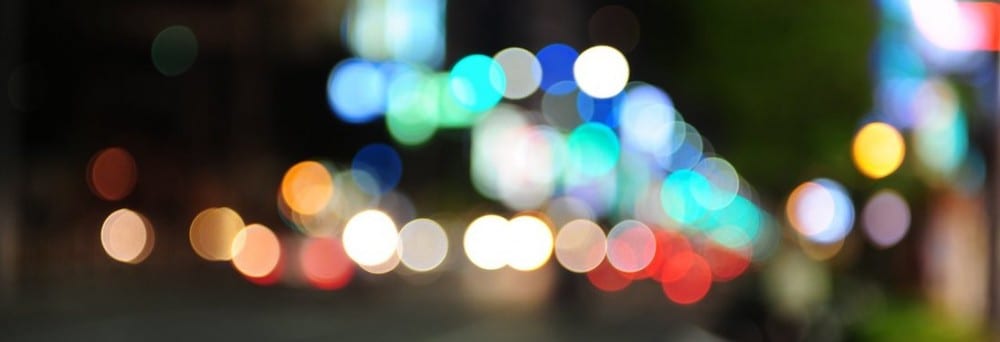During the creative process of producing our site-specific piece, we struggled to find the boundary between performance and theatre. Understanding the difference was necessary in order to devise an effective site-specific performance. We began to think of our piece as a Happening. Exploring the notion that a happening is when “the performer merely carries out a task” (Sandford et all, 1995, 7) we began to consider a performative installation or process rather than a piece of theatre.
Reading further about Happenings we were able to form a clearer view of the type of piece we wanted to create, ” a performer in the Happening merely carries out a task. The actor in the traditional play might add character details. If the actor in the Happening is not required to perform in an imaginary time or place in the character he is playing, what is required of him?” (Sandford et all, 1995, 7-8)By using the form of a Happening as inspiration, we stripped our creative ideas down to the simplest ideas in order to create the feeling of a performative act rather than a performance. We took our desire to disrupt the flow of the high street literally and started to find a way to distract the audience (the public) from their rhythm of movement through the high street. We wanted the installation to be big enough and eye catching enough to make them look up and pay attention to the space around them for a moment, questioning the retail space of the high street. We also needed to fit the brief of using technology and liberate the audience and ourselves from something during the piece. We decided we wanted to liberate all involved from the superficial view of retail spaces that we all hold; that it is merely a space of consumerism designed for our own materialistic gain. Our aim to reinvent the meaning and purpose of the space using technology enabled us to reverse the use of QR codes, to create a wall installation of QR codes that ‘Question retail’.
Having explored Happenings, it has enabled us to see our piece as similar to one, in which “the choices are up to the performer, but he does not work to create anything. The creation was done by the artist when he formulated the idea of the action.” (Sandford et all, 1995, 8) Thus, our process of creating the QR codes on the day during the performance, will be the most important part of the creative process.
Sandford, M R. (ed.) (1995) Happenings and Other Acts. London: Routledge.
